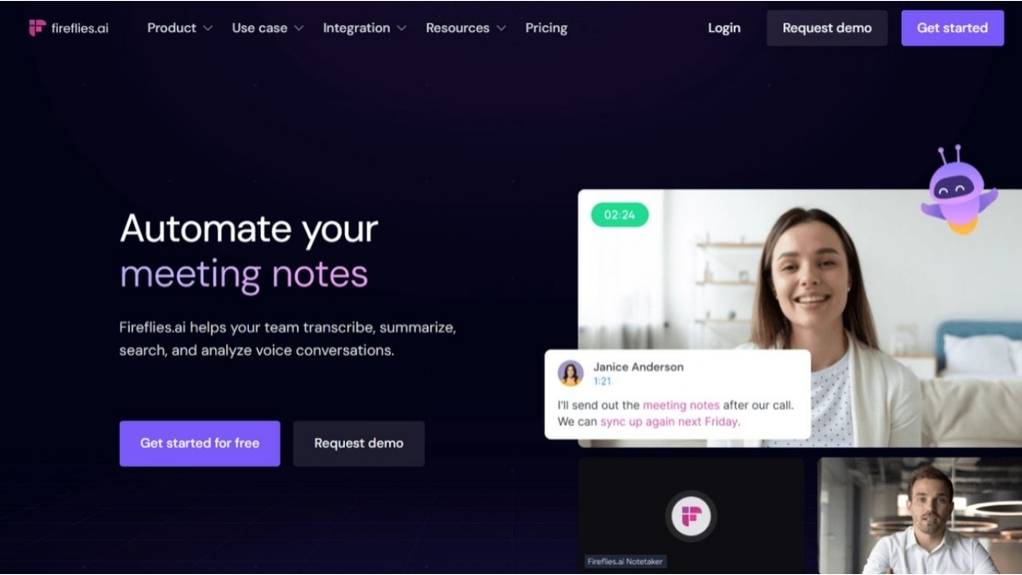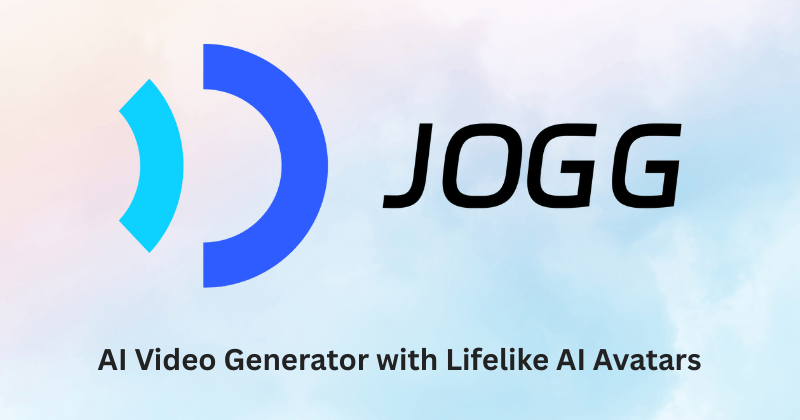Large Language Models (LLMs) are sophisticated AI systems that understand and generate human language. They consist of billions of parameters and are built using advanced neural networks called transformers. LLMs learn from vast datasets, including books and websites, allowing them to perform tasks like translation, summarization, and sentiment analysis. Despite their impressive capabilities, LLMs face challenges, such as biases and hallucinations. Exploring their features and applications reveals their transformative potential in various fields.
What Are Large Language Models?

Large language models (LLMs) represent a significant advancement in the field of artificial intelligence, specifically in natural language processing.
These models are deep learning architectures comprising hundreds of millions to hundreds of billions of parameters. LLMs learn from vast datasets, often sourced from the internet, including over 50 billion web pages and millions of articles. Foundation models are developed over years by companies to enhance NLU and NLP capabilities, contributing to their robustness. They are designed using transformer neural networks, which help them efficiently understand and generate human language.
Deep learning architectures, with hundreds of millions to billions of parameters, enable LLMs to learn from vast internet-sourced datasets.
Their architecture is based on transformers, which utilize self-attention mechanisms to process text sequences in parallel, enhancing training efficiency. By ingesting large volumes of unstructured data, LLMs develop complex internal knowledge representations. LLMs are capable of performing various language tasks, which enhances their versatility in applications.
The size of these models generally correlates with improved language understanding and generation capabilities. Overall, LLMs are pivotal in advancing AI’s ability to interact meaningfully with human language.
Key Features of LLMs
The remarkable versatility of large language models (LLMs) sets them apart as powerful tools in artificial intelligence. They excel at performing diverse tasks, including summarization, translation, and sentiment analysis, adapting seamlessly across various domains. LLMs leverage Transformer architecture to guarantee contextual understanding, generating coherent and relevant responses based on input. Their ability to handle multitasking without retraining allows them to respond effectively to unpredictable queries. Additionally, LLMs possess generative capabilities, creating original text that maintains logical flow and matches user intent. With features like few-shot and zero-shot learning, they can adapt to new tasks with minimal examples. This scalability enhances their learning ability, making LLMs remarkably efficient and capable in numerous applications, particularly due to their extensive training on large text corpora. Moreover, their transformer architecture enables them to be trained on vast datasets, significantly improving their performance across various tasks.
Training and Data Requirements

Training large language models (LLMs) involves a complex interplay of data requirements and computational processes. These models rely on vast datasets, often ranging from hundreds of gigabytes to several terabytes of text. Sources include books, articles, and websites, ensuring data diversity to enhance generalization across languages and topics. The transformer architectures commonly used in LLMs allow for effective learning of these diverse data inputs.
The pre-training process exposes the model to large datasets for learning structure and grammar, while fine-tuning tailors the model for specific tasks using smaller, domain-specific data. High-performance GPUs and distributed computing are essential for handling the extensive data and processing needs. NVIDIA Run:ai’s effective orchestration of GPU resources can significantly enhance the efficiency of training processes.
Effective training strategies, such as optimization techniques and regular evaluations, are vital to prevent overfitting and improve model accuracy, making robust data curation indispensable throughout the process.
Applications of LLMs
Numerous applications of large language models (LLMs) are transforming various industries by enhancing efficiency and enabling innovative solutions.
In customer support, LLMs power chatbots and virtual assistants that manage inquiries and automate responses, improving service speed and consistency. These applications allow support teams to focus on complex requests while automating simpler interactions. Additionally, LLMs can generate content summaries that help support teams quickly understand customer issues and provide better solutions. The integration of LLMs in these roles is part of a broader trend toward AI tools that improve overall operational efficiency.
In content generation, they create marketing materials and articles at scale, ensuring brand messaging remains uniform.
In finance, LLMs analyze market data for investment insights and assist in fraud detection by discerning linguistic patterns.
Additionally, they play a crucial role in market research by synthesizing consumer feedback and identifying trends.
In healthcare, LLMs streamline clinical documentation and support diagnostic processes, ultimately improving patient care.
The diverse applications of LLMs illustrate their significance across multiple sectors.
Advantages of Using LLMs

Large language models (LLMs) offer a multitude of advantages that revolutionize how organizations operate. They automate repetitive tasks, enhancing efficiency while reducing operational costs. By handling vast amounts of data rapidly, LLMs minimize error rates and provide faster customer service. In addition, they support enhanced decision-making through insightful data analysis and forecasting. Moreover, LLMs facilitate knowledge transfer capabilities, helping teams share expertise and improve collaboration. Furthermore, their ability to process large datasets enables LLMs to analyze complex relationships within the data, providing deeper insights.
| Advantage | Description |
|---|---|
| Automation & Efficiency | Reduces human workload and operational costs |
| Enhanced Decision-Making | Extracts insights for informed strategic planning |
| Learning & Adaptability | Adapts quickly to new tasks with minimal retraining |
These diverse capabilities allow organizations to innovate, scale, and access advanced language processing, making LLMs invaluable in today’s data-driven landscape.
Limitations and Challenges
While large language models (LLMs) have transformed various sectors with their capabilities, they also present a range of limitations and challenges that warrant careful consideration.
These models struggle with complex reasoning tasks, often providing superficial answers due to their lack of true understanding. Moreover, the quality of training data is a significant concern, as biases and inaccuracies can be amplified.
LLMs are also prone to generating misleading information, known as hallucinations, which complicates their reliability. Technical constraints, such as high computational costs and limited context retention, further hinder their effectiveness.
Additionally, ethical and security risks arise from potential misuse and the propagation of harmful stereotypes, necessitating robust oversight to mitigate these challenges effectively.
The Future of Large Language Models

Advancements in large language models (LLMs) promise to reshape their role in various industries, addressing some of the limitations highlighted previously. The future of LLMs includes improved real-time data integration, enhanced efficiency, and the emergence of specialized agents. These developments will allow LLMs to provide current, accurate responses while expanding their accessibility and application in various domains.
| Feature | Description | Impact |
|---|---|---|
| Real-Time Data Integration | Access to live information | Dynamic responses, enhanced trust |
| Model Efficiency | Smaller, specialized models | Reduced costs, improved performance |
| Synthetic Data Generation | Self-generated training data | Continuous improvement, adaptable models |
| Autonomous Agents | End-to-end task handling | Increased efficiency, reduced labor |
Frequently Asked Questions
How Do LLMS Understand Different Languages?
LLMs understand different languages through extensive multilingual training data, utilizing transformer architecture to identify context and meaning. They learn semantic relationships and patterns, enabling effective processing and generation across diverse linguistic structures without explicit translation.
Can LLMS Learn From User Interactions?
LLMs do not learn from user interactions in real-time. Instead, they rely on pre-collected datasets and undergo periodic fine-tuning, with user feedback guiding future updates rather than immediate adaptations to individual conversations.
What Industries Benefit Most From LLMS?
Various industries benefit greatly from LLMs, particularly retail and e-commerce, healthcare, finance, and education. Each sector leverages LLMs for enhanced customer service, improved efficiency, personalized experiences, and streamlined processes, driving overall productivity and satisfaction.
How Are LLMS Different From Traditional AI?
LLMs differ from traditional AI by utilizing transformer architectures and extensive datasets for versatile language tasks. Their ability to understand context and generate human-like text contrasts sharply with the narrow, task-specific focus of conventional models.
What Safeguards Exist Against Biased Outputs?
Safeguards against biased outputs include data curation, model adjustments, post-processing debiasing algorithms, and continuous monitoring. These methods aim to balance representation, minimize bias, and guarantee alignment with ethical norms while acknowledging inherent limitations.








